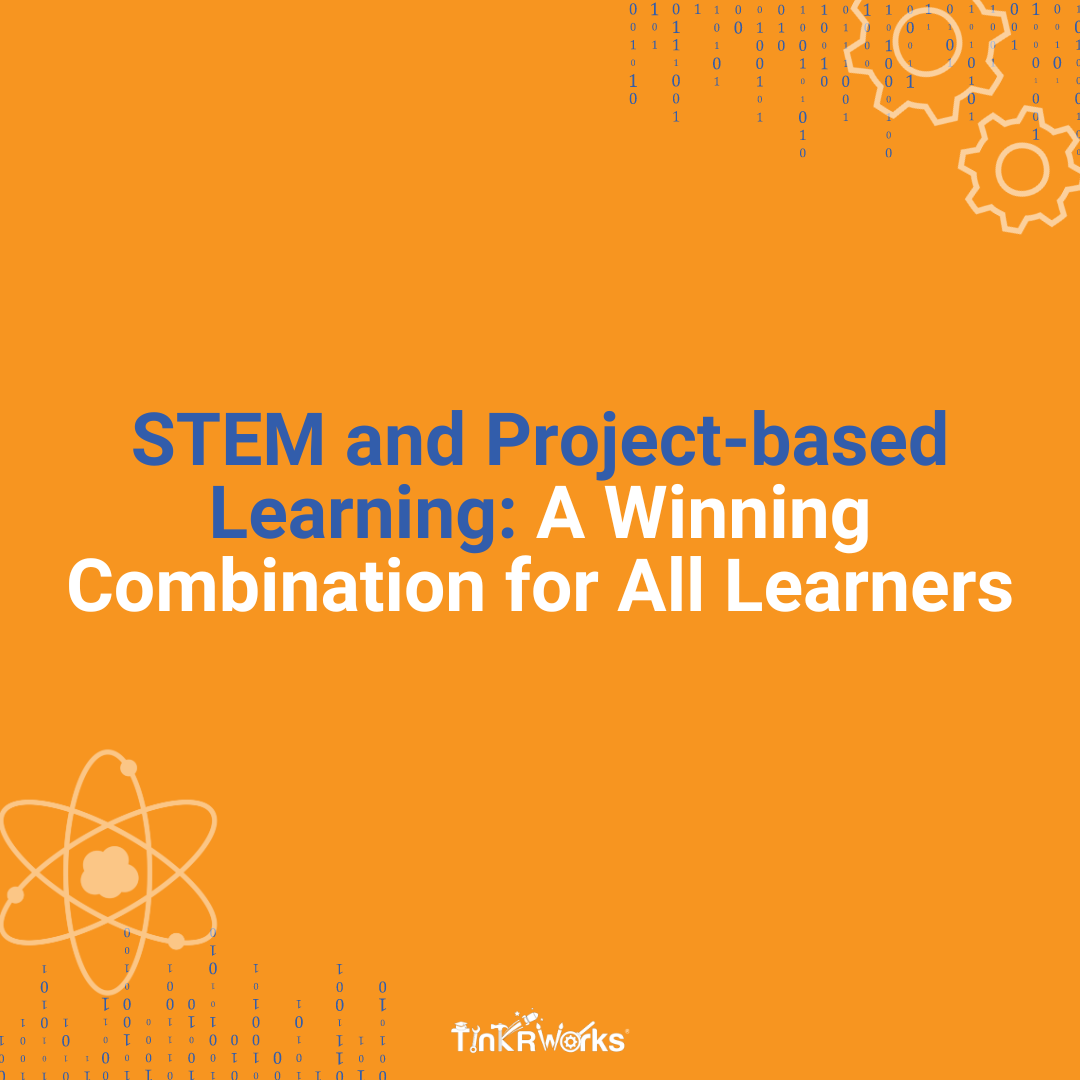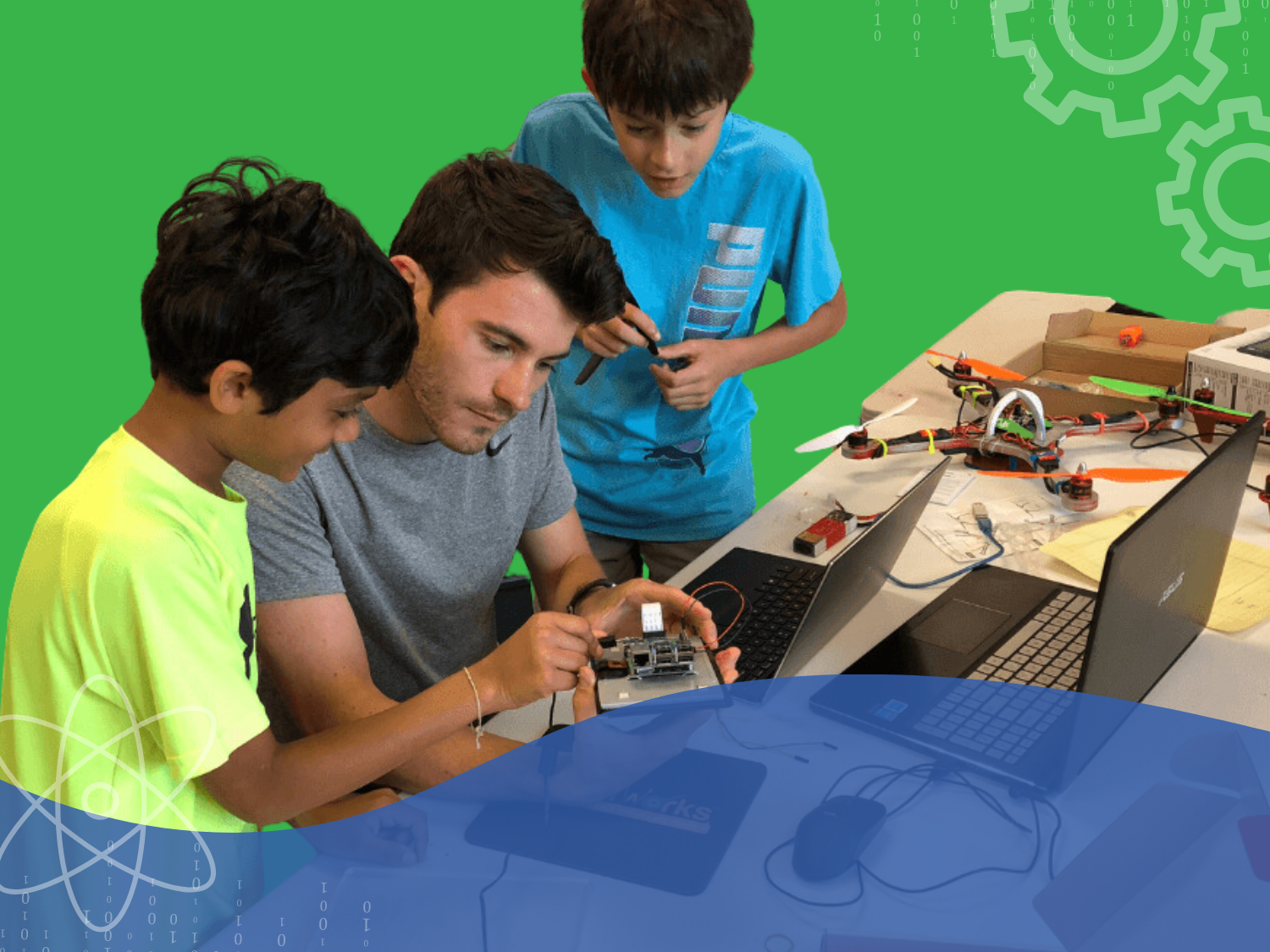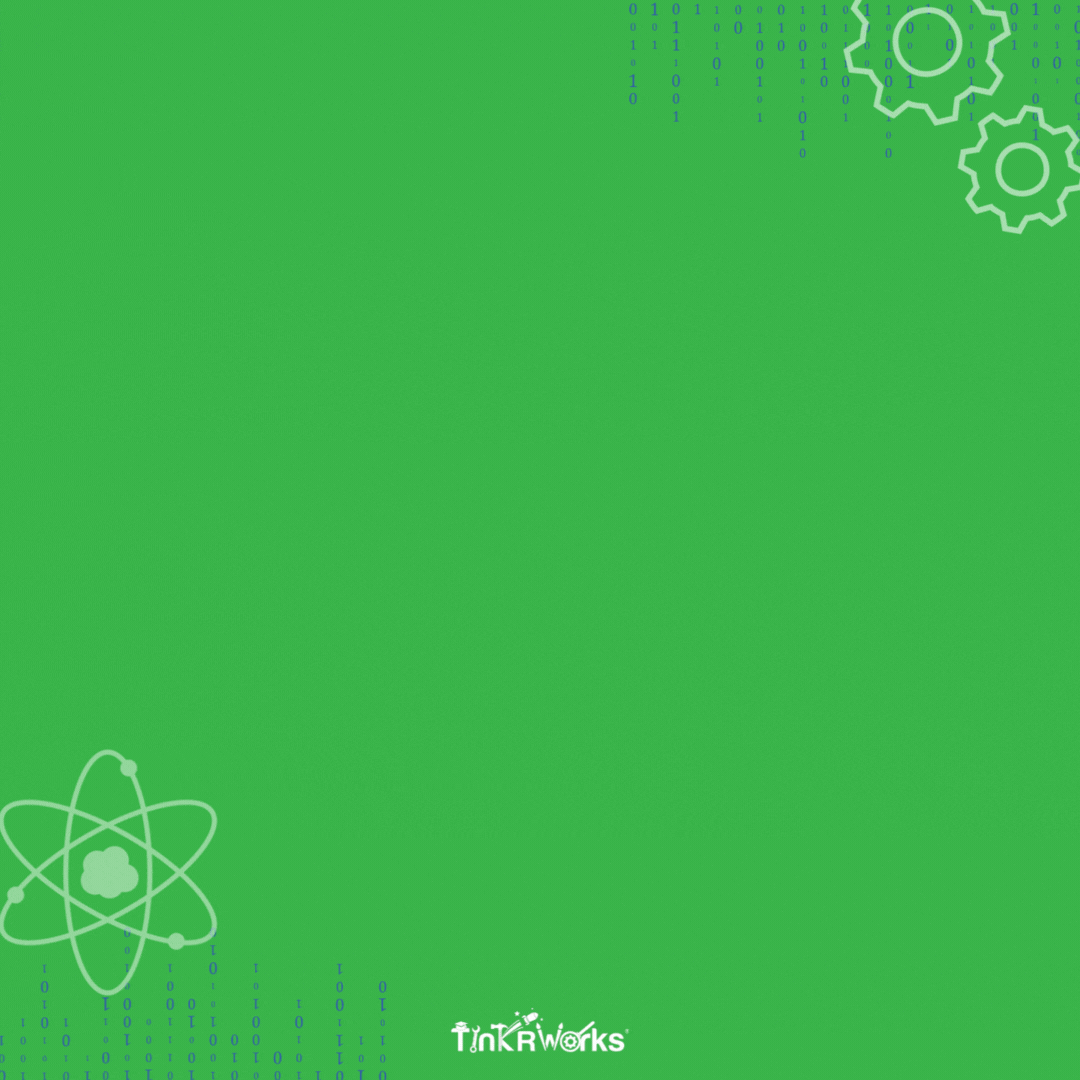STEM education—Science, Technology, Engineering, and Math—has become a cornerstone of modern curricula, but when STEM and Project-based Learning (PBL) are paired together, its potential to transform the classroom grows exponentially. PBL gives students the opportunity to dive into hands-on, real-world problems, applying their STEM knowledge in creative, collaborative ways. But perhaps one of the greatest benefits of this approach is that it levels the playing field for students of all abilities, backgrounds, and learning styles.
In this post, we’ll explore how STEM instruction combined with Project-based Learning provides a unique level of access to learning for all students, including those who may typically feel left out of traditional classroom settings.

A Winning Combination for All Learners
Traditional learning methods often cater to students who excel in memorization or rote learning. But not all students thrive in that environment. STEM education paired with PBL, however, encourages exploration, problem-solving, and critical thinking—skills that allow every student to shine. For example:
- Hands-on learning levels the playing field: In PBL, students get to work with tangible materials, build prototypes, and explore concepts in ways that don’t rely solely on textbooks or lectures. This can be incredibly helpful for students who struggle with traditional learning methods.
- Multiple ways to demonstrate understanding: Some students excel at writing, while others might be better at building, designing, or coding. With PBL, students can demonstrate their learning in a variety of ways that fit their strengths.
- Personalization and choice: PBL often allows students to pursue their own interests within the framework of a STEM project. Whether a student is passionate about technology, engineering, or environmental science, there’s space for everyone to contribute.
Engaging All Learners, Especially Those at a Disadvantage
One of the most powerful aspects of STEM and PBL is their ability to engage students who may face disadvantages—whether those disadvantages are academic, socioeconomic, or related to learning differences. This approach can break down barriers that might otherwise limit a student’s success. For example:
- Low-pressure environment for students who struggle: In traditional settings, students who struggle with reading or math may feel constantly pressured to catch up. PBL allows them to work at their own pace and contribute in ways that play to their strengths, reducing anxiety and boosting confidence.
- Group work encourages peer learning: PBL often involves teamwork, giving students the chance to learn from one another. In diverse teams, students with stronger skills in certain areas can guide their peers, creating a collaborative, supportive learning environment.
- Access to materials and experiences: In many cases, STEM projects involve access to materials or technologies that some students might not have at home. PBL brings those resources into the classroom, ensuring every student gets to experience hands-on learning, regardless of their background.
The Ethical Case for STEM and Project-based Learning
Beyond the practical advantages, there’s a strong ethical case to be made for embracing STEM and PBL as core educational approaches. These methods ensure that all students—not just those who are traditionally high achievers—get the opportunity to explore, innovate, and succeed. Why this approach is ethically positive:
- Equitable access to high-quality education: All students, regardless of background, deserve access to the tools and experiences that will prepare them for future success. STEM and PBL bring real-world learning opportunities into every classroom, closing the gap between students with different levels of access outside of school.
- Building a culture of innovation: When students of all abilities and interests are empowered to explore STEM concepts, they develop the confidence and curiosity needed to become innovators. This approach ensures that our future leaders, scientists, and engineers come from a wide variety of backgrounds, promoting diversity and inclusion in these critical fields.
FOUR Tips for Creating a Culture of Exploration and Innovation
- Encourage risk-taking and experimentation: PBL allows students to take risks and experiment without the fear of failure. This builds resilience and encourages a mindset of exploration, which is crucial for innovation.
- Celebrate all contributions: Recognize and celebrate the various ways students contribute to STEM projects, whether through creative problem-solving, leadership, or technical skills.
- Leverage student interests: Find out what excites your students and integrate those interests into your PBL activities. For instance, if a student is passionate about music, incorporate sound engineering or coding music into a STEM project.
- Provide differentiated roles in projects: Offer a variety of roles in group projects that allow students to contribute in ways that suit their strengths—whether that’s research, building, designing, or presenting.
Resources to Get You Started with STEM and Project-Based Learning
Ready to bring the power of STEM and Project-based Learning (PBL) into your classroom? Here are some essential resources to help you get started:
STEAM Project-based Learning Resource Kit
This all-in-one STEAM PBL kit is designed for Grades K-8, packed with valuable insights and practical tools to help you implement PBL successfully. From tip sheets to daily planners and 17 innovative STEAM project ideas, this resource makes it easy to engage your students in hands-on, meaningful learning. Download the STEAM PBL Resource Kit.
The Case for Project-based Learning Research Paper
Dive into the research that supports the benefits of STEAM PBL. This paper also offers tips on choosing the right PBL program for your classroom. Download the Research Paper.
STEAM Project-based Learning Student Organizers
Make PBL more structured and impactful in your classroom with these free PBL student organizers. Designed for Grades 3-8, these worksheets guide students through reflection, problem-solving, and progress tracking, ensuring a deeper learning experience. Download the Student Organizers.
Conclusion: Building the Future with STEM and Project-based Learning
STEM education, when combined with Project-based Learning, isn’t just about preparing students for future careers—it’s about creating an inclusive and equitable learning environment where every student can thrive. By making STEM accessible to all, educators can help dismantle barriers to success, ensuring that even students who might otherwise feel left behind can become confident, capable learners.
As you consider how to bring more STEM and Project-based Learning into your classroom, remember that the real goal is to spark curiosity, encourage collaboration, and provide every student with the opportunity to succeed. Together, we can create a classroom culture that values creativity, problem-solving, and innovation, paving the way for a brighter future for all learners.






